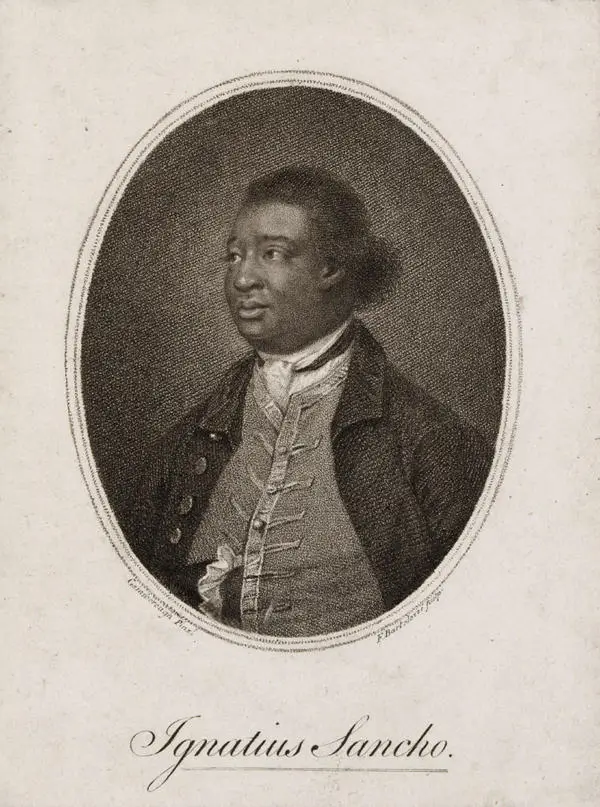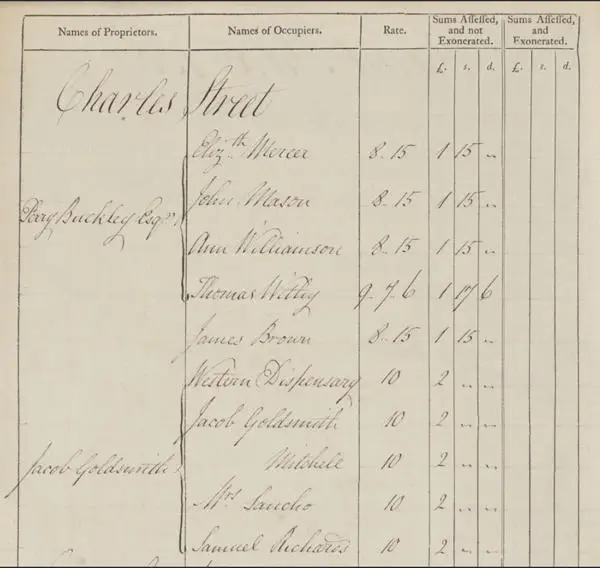Ignatius Sancho and his family
Ignatius Sancho came to occupy a position in London society that straddled the elite social worlds of the aristocracy and the everyday life of the city. These experiences are narrated in The Letters of the Late Ignatius Sancho, an African (1782), a collection of correspondence that reveals a man who was at once a husband, father, entrepreneur, musician, abolitionist and literary writer.
Ignatius worked as a servant for the Montagu family. On 17 December 1758 he married Ann Osbourne, a free Black woman, at the church of St Margaret, Westminster and the couple had eight children. In 1773 Ignatius left service and took over a shop in Charles Street, Westminster, where the family operated a grocery, selling sugar, tobacco, tea and coffee. The shop was the perfect place for him to network and write.
Ignatius Sancho died in 1780 and his letters were published in 1782. They offered a unique perspective on eighteenth century life and were immediately popular, running to five editions by 1803.

Ignatius Sancho was the first known person of African descent to vote in a British Parliamentary election. The manuscript poll book from 1774 which lists him records that he was as a tea dealer which is evidence of the growing demand for this valuable commodity in London society. His shop in Charles Street was very close to 10 Downing Street.

When Ignatius Sancho died in 1780, his shop passed to his son William but the land tax record for 1802 tells us that the property was actually registered to his wife, Mrs Ann Sancho. A later fire insurance policy register from the Sun Fire Office from June 1807 shows that both Ann Sancho and William had become booksellers and publishers based in Castle Street, Leicester Square.
William Sancho has been described as the first Black publisher in Britain but Ann’s presence on the insurance policy confirms that she was working with her son. Women’s roles in business are easily hidden by the presence of their male relatives, which makes women of colour even harder to trace.